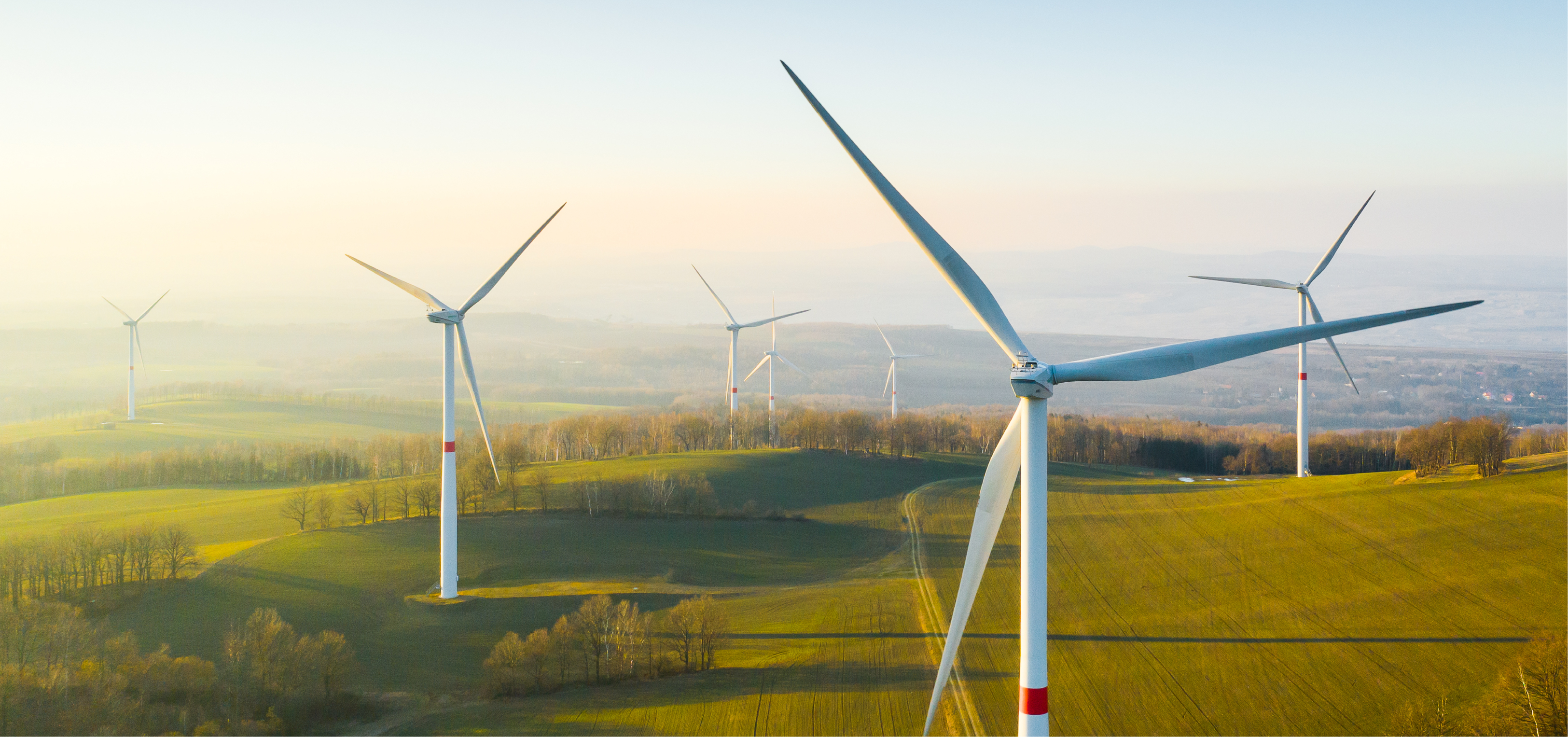As the world grapples with the need to transition to cleaner energy sources, the debate around the most viable alternatives intensifies.
Solar, wind, and hydrogen present promising renewable options but face challenges of intermittency, infrastructure needs, and production costs. Traditional fossil fuels, despite their established infrastructure and economic benefits, pose potential environmental risks as they relate to carbon emissions.
At first glance, nuclear power and renewables seem to be worlds apart. Wind and solar energy are decentralised and variable, whereas nuclear power is centralised and stable. However, both share a critical trait: they are low-carbon and vital to the energy transition.
Uranium, the key fuel for nuclear power, offers a robust solution to meet growing energy needs while addressing environmental concerns. Europe, China, and Japan are increasingly turning to uranium as a critical component of their energy strategies.
France, which has safely generated most of its electricity through nuclear fission for years, plans to build at least six and possibly up to 14 new nuclear power stations. India aims to construct at least 18 by the early 2030s, and China plans to build at least 100 new reactors by 2035.1

The push back on renewables
Australia tends to lag behind the US and Europe in political trends. The Australian Greens Party seems to be banking on this trend with their new “No coal. No Gas. No Nuclear” campaign, following the Coalition’s support for domestic nuclear power development.
However, a "greenlash" is brewing as voters in developed countries realise that renewables may not be all that that they're cracked up to be. The clever branding of wind and solar power as “renewable” is losing its charm, given that their infrastructure requires more frequent replacement than nuclear or fossil fuel power stations.2
In the US, support for nuclear energy rose from 43% in 2020 to 57% in 2023, according to Pew Research published last August. The Biden administration now sees nuclear power as the only realistic way to provide reliable zero-carbon energy.3

Europes Energy Strategy
The Russia-Ukraine conflict has significantly influenced Europe's energy strategy, prompting the EU to launch the REPowerEU Plan.4 This nearly €300 billion initiative aims to eliminate dependence on Russian fossil fuels by 2027. Central to this strategy is the pivotal role of nuclear power in ensuring energy security and advancing the transition to a low-carbon economy.
Nuclear energy is at the forefront of the EU’s plan to secure energy supplies and meet climate targets. One of the key components is fossil-free hydrogen, produced using nuclear power, which is expected to replace natural gas in various applications.
Currently, nuclear power is a major contributor to the EU's energy mix, generating electricity in 14 out of the 27 member states. It accounts for 25% of Europe's electricity and 50% of its low-carbon electricity.5

China and Japan's Nuclear Expansion
Likewise, China is rapidly expanding its nuclear power capabilities as part of its broader strategy to reduce air pollution and reliance on coal.
China is developing 36 new reactors and is projected to surpass France as the world’s largest nuclear power source by the end of the decade, according to Bloomberg.9 Despite this significant progress, the country’s rapid adoption of solar and wind energy has largely overshadowed its nuclear advancements.
Japan's relationship with nuclear power is complex, especially following the Fukushima disaster in 2011. However, nuclear energy remains a critical part of the country's energy strategy.
Japan is poised to advocate for increased nuclear power in its upcoming energy policy update, scheduled for next year. This move aims to ensure a stable electricity supply amid rising demand and escalating geopolitical risks, though experts believe Japan may struggle to meet its targets.6
Opportunities for Australian Uranium
Australia, a key US ally, possesses the world’s largest proven economic uranium reserves. This positions ASX uranium stocks for significant opportunities. US congressman Neal Dunn has previously questioned Australia's stance on uranium, emphasising the commercial potential due to its abundant resources and expertise.7
The political landscape in Australia is evolving. Opposition leader Peter Dutton and the Coalition advocate for substantial investment in nuclear plants, despite strong opposition from the Labor government. If Australia were to relax its restrictive policies on uranium exploration and mining, it could unlock substantial gains for ASX uranium stocks.
Morgan Stanley predicts a substantial "nuclear renaissance," estimating a need for $1.5 trillion (AU$2.3 trillion) in investment by 2050. According to analyst Shannon Sinha, easing Australia's restrictions could lead to significant benefits for ASX uranium stocks such as Paladin (ASX:PDN).
Morgan Stanley projects that Paladin’s share price could surge to $32.00, a 142% increase from its recent closing price of $13.24, if the government’s stance changes.8
With the global push towards nuclear energy and shifting geopolitical dynamics, ASX uranium stocks are poised for growth. Policy changes in Australia could further enhance their potential, making them a promising investment in the evolving energy landscape.
The case for uranium today is perhaps the strongest it’s been in a decade driven by increasing global demand and nuclear power capacity.
As the world seeks carbon-free baseload power, the demand for uranium is projected to outstrip supply through to 2040.9 This trend bodes well for ASX uranium stocks, especially as geopolitical shifts and policy changes favor the sector.
Please reach out today if you would like more information regarding funds that provide exposure to leading global companies involved in the mining, exploration, development and production of uranium and modern nuclear energy, or if you are looking to invest in uranium stocks directly.








